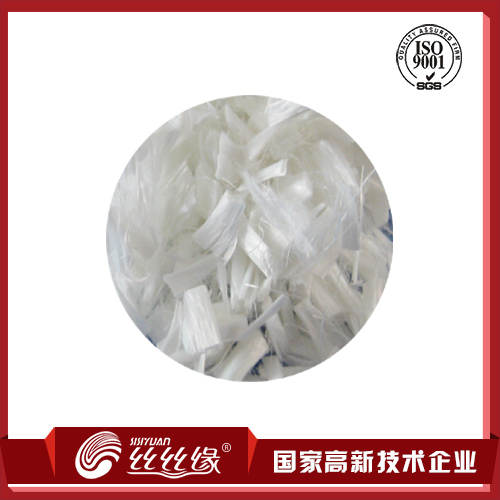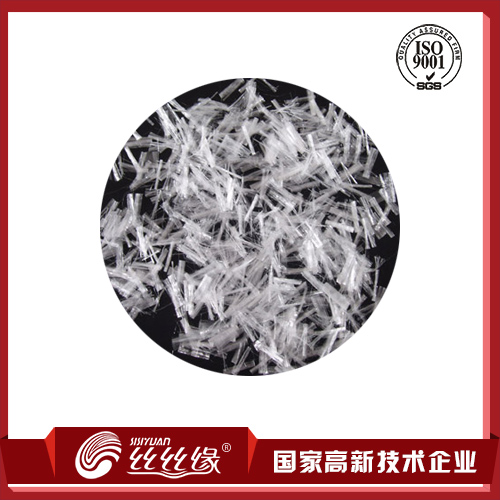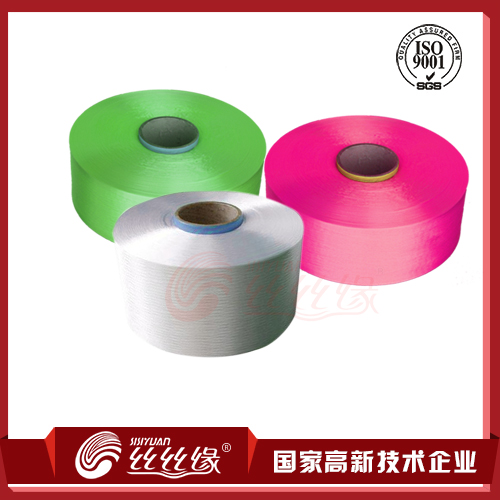
introduction
The emergence of cracks will seriously affect the safety and aesthetics of the building. Crack treatment is one of the problems encountered in the field of building repair and reinforcement. So how do you kill the crack in the cradle it produces? At present more economical and convenient way to count the number of fiber in the concrete it!
The use of fiber to improve the resistance of cement The history of building materials can be traced back to the ancient anti-cracking, grass gluten clay brick and paper lime is the first fiber-reinforced composite building materials. Research and application of synthetic fiber concrete began in the 20th century, 60 years, due to the effective control of non-structural cracks in concrete, has many new or expansion projects in the country have been applied. In the concrete mixed with polypropylene fiber is to improve the cracking resistance of concrete, reducing shrinkage of plastic concrete cracks, improve toughness and impermeability. Polypropylene fiber price than other synthetic fibers or reinforcing fibers such as steel fiber, carbon fiber, glass fiber and other cheap, and polypropylene fiber concrete construction easy to operate, so it has broad application prospects.
As a result of construction requirements in the concrete, there are often many extra moisture. The research shows that the water required for cement hydration is only about 25% of the cement quality (water to cement ratio of 0.25), while the actual application of water-cement ratio is much larger, so the concrete is prone to plastic shrinkage cracks. Polypropylene fiber mixed with concrete, in the process of forced mixing can automatically evenly distributed in the concrete, the mesh fibers can be automatically distributed into two hooked single-filament type fiber, fiber ends were semi-s-shaped bend, an increase of Adhesion of concrete.
The role of concrete
Hooked fibers in concrete bear the tensile stress caused by the plastic deformation of concrete and prevent the development of cracks. At the same time, a large number of fiber adhesion to each other "support" the aggregate, reducing the surface of the water and aggregate aggregate sinking, reducing the plastic cracks. Further water loss and drying cause shrinkage cracks in the concrete, and the development of the crack tip is also limited by the fibers, which can only bypass the fiber or pull the fiber to continue to develop, which requires the consumption of polypropylene fiber energy To overcome the development of cracks. Therefore, the polypropylene fiber has enhanced the role of cracking resistance of concrete.
The plastic shrinkage of concrete with 0.2% (volume fraction) fibers was compared with that of ordinary concrete. It can be seen from the figure, without the addition of polypropylene fibers of ordinary concrete specimen surface cracks significantly.
Comparison of early shrinkage cracks between two types of concrete
Jiangsu Silk Edge Fiber Co., Ltd. Main fiber, lignin fiber, cellulose fiber and other construction engineering fiber. For product details, please call our service hotline!







